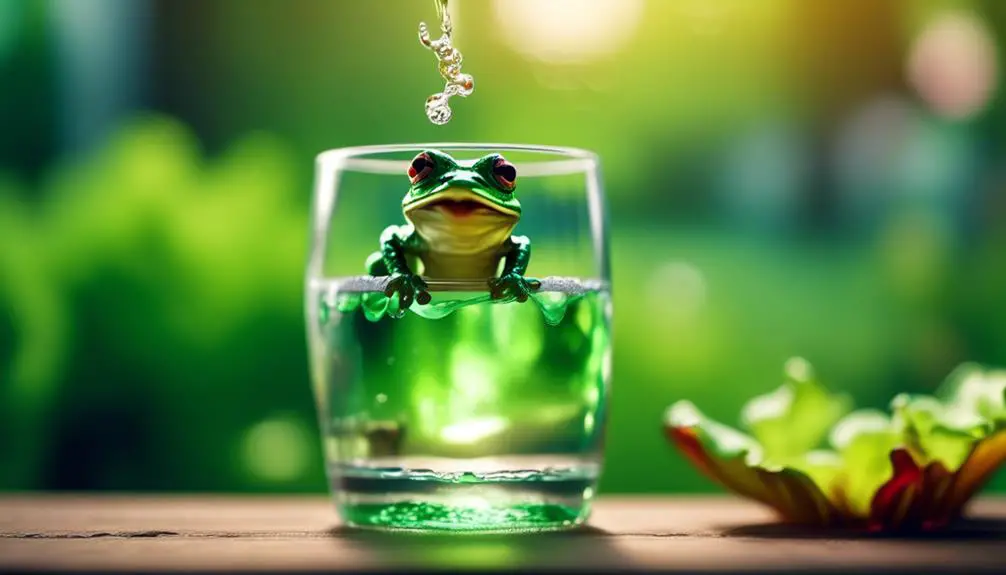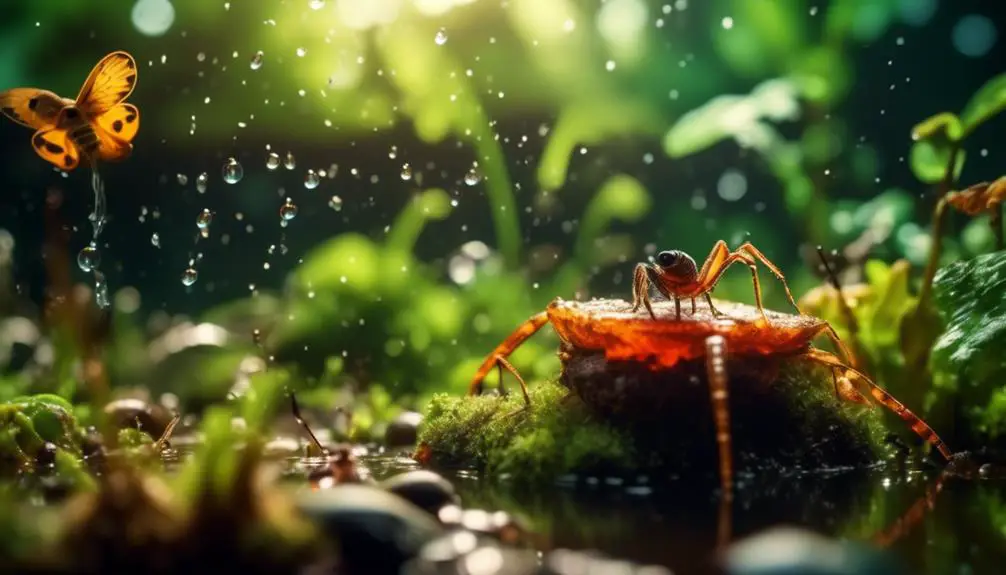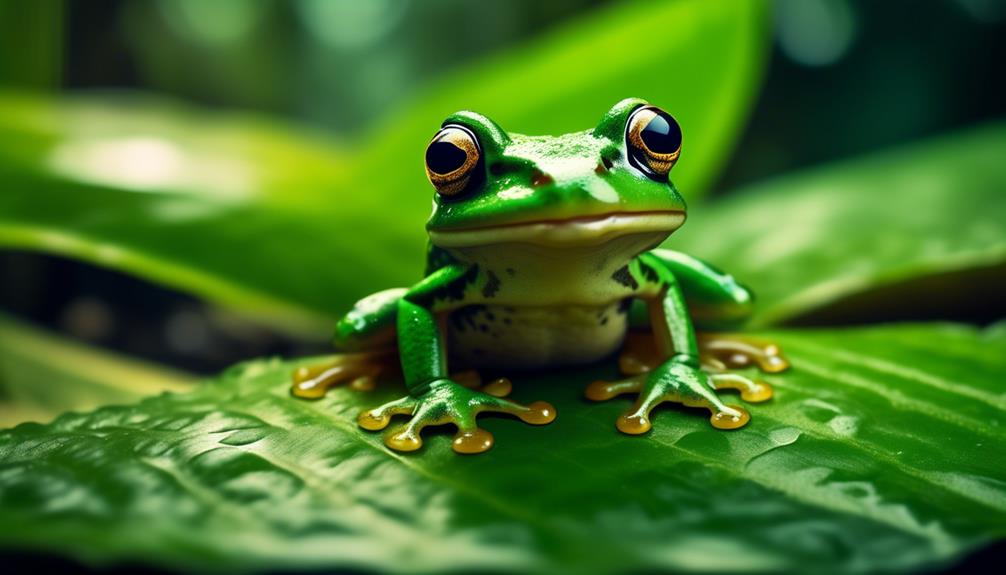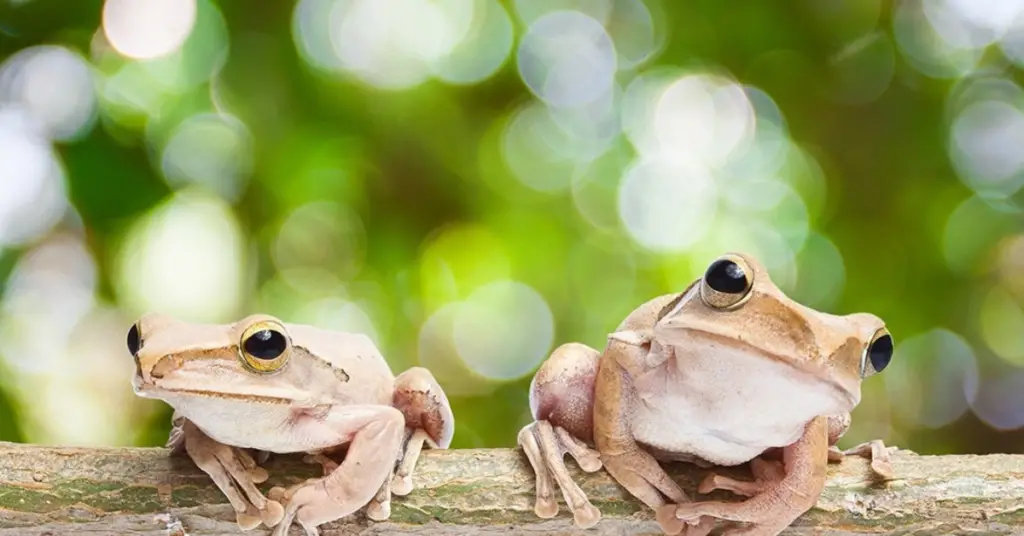AMPHIBIANS
Amphibians, a diverse group of animals, encompass various species including types of frogs, toads, salamanders, newts, axolotls, and caecilians. These anurans, urodeles, and gymnophiones undergo amphibian metamorphosis, a unique process of transformation from aquatic larvae to terrestrial adults. As a crucial part of wetland and pond ecosystems, they inhabit aquatic habitats, terrestrial habitats, and even underground burrows. The study of amphibians, known as batrachology, is a significant branch of herpetology, focusing on the behavior, physiology, and conservation of these fascinating creatures.
In this category, you’ll find a wealth of information on the life cycle of frogs, the differences between toads and frogs, and the unique characteristics of caecilians. Delve into the world of salamanders and their habitats, and learn about the remarkable axolotl care and its fascinating features. Explore the importance of amphibian conservation and the challenges these species face in their natural environments.
Have you ever stopped to ponder the mysteries of the natural world? One such enigma lies in the realm of frogs and their water consumption. While it may seem like a straightforward question, the answer to whether frogs drink water is not as simple as it appears. In this discussion, we will uncover the truth […]
Do Frogs Drink Water? Read More »
Are you ready to dive into the fascinating world of frogs and discover what they devour in their daily lives? Just like a detective unraveling clues, understanding a frog’s diet and hunting strategy can be both intriguing and enlightening. From the moment they hatch as tadpoles to their adult stage, frogs embark on a culinary
What Do Frogs Eat? Frog Diet & Hunting Strategy Read More »
Have you ever wondered how long frogs can survive without food or water? It’s a question that may not often come to mind, but the answer is quite intriguing. Take, for example, the African clawed frog, which has the remarkable ability to survive for months without eating. It’s not just their ability to withstand food
How Long Can Frogs Go Without Food Or Water? Read More »
Frog breeding behavior refers to the complex set of behaviors and physiological processes involved in reproduction in frogs. Understanding frog breeding behavior is important for several reasons. First, frogs are important members of many ecosystems and their breeding patterns can have significant impacts on other species in those ecosystems. Second, some frog species are threatened
Frog breeding behaviour Read More »




